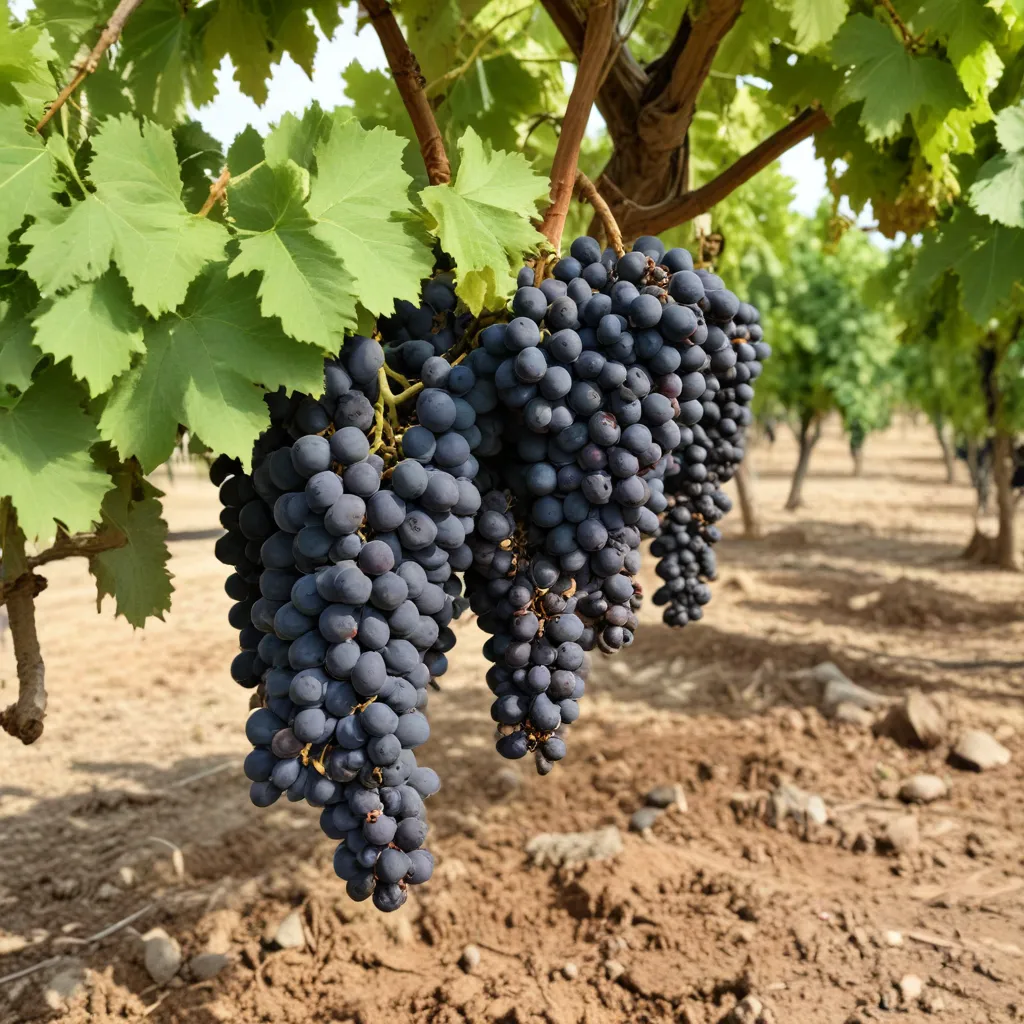
The winegrowing regions of Southern California, encompassing the South Coast American Viticultural Area (AVA) and its subappellations, have experienced a warming and drying climate trend over the past two decades. This shift in regional climate poses significant threats to the productivity and longevity of local vineyards, which are crucial to the thriving wine economy. Understanding how grapegrowers in this region perceive and respond to these climate changes is paramount for building adaptive capacity and ensuring the sustainability of the industry.
Viticulture and Climate Change
Analyses of temperature and precipitation data for San Diego and Riverside Counties, which contain the prominent Ramona Valley and Temecula Valley grapegrowing regions, reveal clear trends. Over the past 20 years, the mean temperature has increased by approximately 0.3-0.4°C per decade, with the minimum temperature rising even more sharply at 0.4-0.6°C per decade. Conversely, annual precipitation has shown a slight increase in San Diego County (+15 mm/decade) but a decreasing trend in Riverside County (-18 mm/decade). These climatic shifts are consistent with the observations reported by the majority of surveyed grapegrowers in the region.
More than 60% of growers have noticed a decrease in the number of rain events and an increase in the frequency and intensity of drought over the past decade. Similarly, 63% of respondents have observed more frequent extreme heat events, with 28% reporting higher intensity as well. These changing weather patterns have manifested in the vineyards, with 32% of growers noting earlier budbreak and 41% reporting earlier harvest dates – a trend linked to warmer temperatures in open-ended responses.
However, growers also highlighted increased variability in budbreak and harvest timing, which they attributed to factors like soil type and microclimatic differences across vineyard sites. Additionally, growers were divided on whether they had observed changes to wine alcohol levels and acidity, with many citing vineyard management practices as a key variable influencing grape chemistry.
Adaptation Strategies
In response to these climate-driven challenges, grapegrowers have implemented a variety of short-term adaptive strategies. The most commonly reported practices include canopy management adjustments, soil management to improve water holding capacity, and upgrades to irrigation systems. These incremental changes reflect the current, reactive approach many growers have taken to address immediate stressors like heat and water scarcity.
Notably, only 20% of respondents indicated they have planted more drought- or heat-tolerant grape varieties in the past five years – a long-term, anticipatory adaptation that could enhance the resilience of their vineyards. Interestingly, growers with larger vineyard operations were more likely to have adopted this transformative strategy, potentially owing to greater access to resources and willingness to take on risk.
Perceived Impacts
Growers in the South Coast AVA overwhelmingly perceive the impacts of climate change as negative, with over 60% indicating the effects have been “somewhat” or “extremely” detrimental. Water stress and heat stress were cited as the greatest threats to wine quality, yield, and financial viability. Pests and diseases were also identified as a major concern, though many growers attributed observed changes in pest pressure to their own vineyard management practices rather than solely to climate factors.
Despite these concerns, less than half of respondents (47%) felt prepared to overcome the challenges posed by climate change. Growers cited a lack of adequate support (34%) and resources (52%) as key barriers to building adaptive capacity. Moreover, while many growers collected microclimate and plant performance data, only 38% actively utilized this information to inform their vineyard management decisions.
Adaptive Capacity
Interestingly, the survey revealed that growers’ perceptions of climate change risks strongly influenced their likelihood of implementing adaptive strategies. Respondents who reported greater concern about future climate impacts were over five times more likely to have adopted some form of adaptation measure in the past five years.
Furthermore, grower experience emerged as an important factor in adaptive capacity. Experienced growers were more likely to know whether they had or had not implemented adaptive practices, compared to those newer to the industry. Vineyard size also played a role, with larger operations more likely to have planted heat- and drought-tolerant grape varieties.
These findings suggest that knowledge, resources, and risk tolerance all shape a grower’s ability and willingness to adapt to climate change. Targeted outreach and extension efforts, as well as collaborative initiatives between growers, researchers, and government agencies, could help build a more climate-resilient viticulture sector in Southern California.
Sustainable Viticultural Practices
To enhance the long-term sustainability and resilience of the region’s winegrape production, a multipronged approach is needed. This should include promoting the adoption of more anticipatory, transformative adaptation strategies – such as diversifying grape varietals, experimenting with alternative rootstocks, and implementing precision irrigation techniques – alongside continued refinement of short-term, reactive management practices.
Equally important is ensuring that all growers, regardless of experience or vineyard size, have access to the necessary climate data, technical resources, and financial support to make informed decisions. Collaborative efforts between academic institutions, cooperative extension programs, and grapegrowing associations could facilitate the dissemination of knowledge and foster a collective approach to building adaptive capacity.
By leveraging the wealth of viticultural expertise and innovation within the South Coast AVA, and addressing the unique challenges faced by both established and emerging growers, the wine industry in this region can work towards a more sustainable and climate-resilient future. Maintaining the productivity and quality of these prized vineyards is not only crucial for the local economy, but also for preserving the cultural and culinary heritage that makes the wines of Southern California so exceptional.
